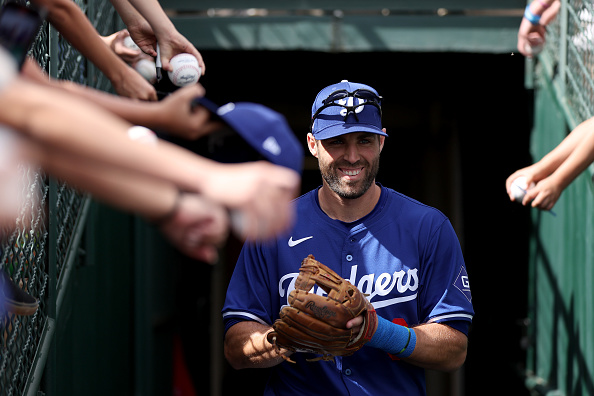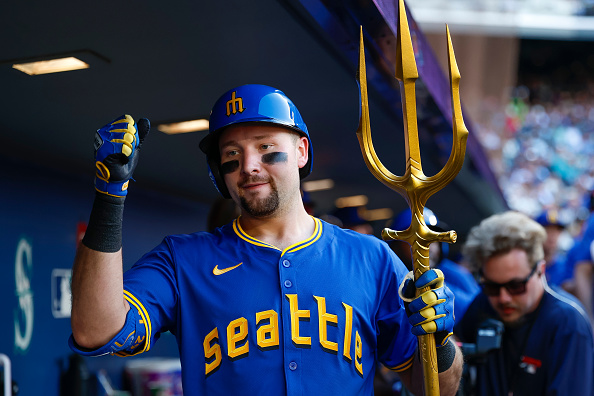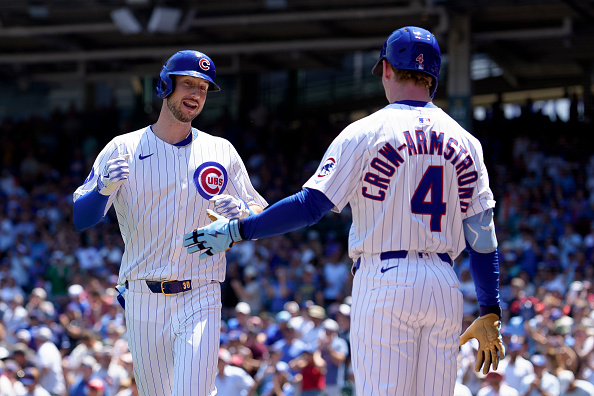The MLB “utility player” role has evolved over the last decade. Teams now realize they can no longer be at the mercy of just one simple utility player. They now require the “multi-use” or “super utility” player.
Old Utility Player
Utility players of the past could play several positions well. In particular, they excelled at second and third base with some shortstop mixed in. Very rarely did you see them patrol the outfield consistently. Utility players were never viewed as consistent or power hitters, but rather as a defensive change late in the game. They were also called upon when a game went to extra innings or used as pinch runners. They might have earned an occasional start when a day game followed a night game or in one chunk of a double-header.
Utility Players to Remember
While valuable to their teams, MLB utility players never really garnered headlines. They were never thought of as everyday players, but they were respected enough to get acknowledgment from their manager and teammates for their contributions both on the field and in the clubhouse. Some of those players from the 1980s and 1990s included Alan Bannister, Mariano Duncan, Jose Oquendo, Tony Phillips, and Bip Roberts.
Positional Advances
As baseball became more offense-oriented in the 2000s, teams placed more value on pitching. With teams now having as many as 14 pitchers, we saw the utility player role change as teams realized this roster spot had to be developed even more. With that change, we watched the new utility player emerge. He would have to be ready to play one position one inning and another the next inning, both infield and outfield.
Teams needed individuals who could fill the role of two or even three players. These utility players needed to perform well in the field and at the plate, providing a spark to break a tie or a slump.
Ben Zobrist
One dominant modern utility player was Ben Zobrist. He will go down as one of the most versatile players in baseball history. Primarily a second baseman when he arrived in MLB, he ultimately played every position except catcher. His managers had no problem moving him around the diamond knowing he would perform well anywhere and everywhere.
Zobrist also was a good, patient hitter. Being a switch-hitter made him even more effective and valuable. Unlike most utility players, however, he made such an impact that he was selected to three All-Star Games. Later in his career, he reached the World Series in back-to-back years with two different teams, even winning a World Series MVP.
2016 World Series MVP Ben Zobrist was at the Cubs game tonight 🫡
(📸: @TheXboxPrincess) pic.twitter.com/IoCKPtpioS
— Cubs Zone (@CubsZone) April 3, 2024
Chris Taylor
Another super utility player is Chris Taylor. At this point, he has played every position but catcher and first base. He has done a great job embracing the role of the multi-use player. He is good defensively and can play anywhere. Offensively, he has always been a consistent hitter and even won NLCS Co-MVP honors in 2017.
Now Popular
With the capability to play numerous positions, the multi-use player can be inserted at any time and perform well. All 30 clubs now have at least one multi-use player who can satisfy that need. With the role of the utility player evolving, some of these players are just as popular as some of the teams’ big-name stars. Even fans are beginning to realize what the super utility player can and does mean to a team.
162 Games
The MLB utility player has evolved, and having that multi-use player keeps everyone fresh over the 162-game season. A team now needs that player who can play on an as-needed basis in any position at a moment’s notice. Their ability and availability provide much-needed rest for regular starters. Their impact on team chemistry has become important, too. They also give the manager more flexibility with game planning, especially if injuries hit.
So, the term “utility player” in MLB has always had a unique connotation, implying a combination of skill, adaptability, and versatility. The evolution of this role mirrors what we see in online betting, where diversity and flexibility prevail. The online bookmaker is like a manager who has a bird’s eye view of the entire game, allowing users to participate in various forms of betting, from traditional strategies to real-time game options. The same versatility can be seen in the use of utility players in MLB. Traditionally, MLB utility players were reserved for bolstering the bench, filling in gaps due to injuries or days off. Now, they have become key game-changers, valued for their ability to move from one field to another, change batting positions, and switch from defense to offense. This evolution has added a new level of complexity, keeping fans on their toes, similar to the thrill of online gambling. It’s a unique experience that brings sports fans and gaming enthusiasts together, paralleling the experience that MLB utility players have on the field.
Future Unfolds
Multi-use players have become significant and vital in the reshaping of baseball. As the future unfolds, their role is expected to continue evolving and growing with the ever-changing landscape of the game. While their contributions can be important to a team’s success, they aren’t considered superstars—at least, not yet. However, their contributions are irreplaceable. These multi-use, super utility players’ impact on a team’s success will become even more important and necessary as teams look for every presumable way to win and reach the postseason.
Having an arsenal of players who can provide consistently good play at any position and at any time gives the manager flexibility to move the best players to the best positions necessary for different opponents and other circumstances.
These utility players may not have been household names in the past, but as their need, use, and skills grow, look for these players to garner superstar status.
The defensive versatility of Chris Taylor can’t be overstated. He started this season as the Dodgers’ center fielder, then became their shortstop. He started today’s game at second base, then made that play in left field.
— Pedro Moura (@pedromoura) October 21, 2018
Main Image Credit:







